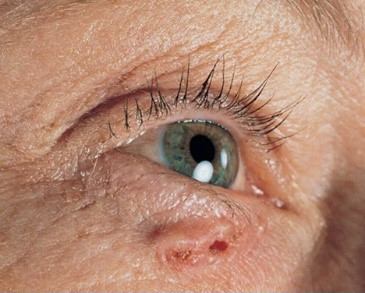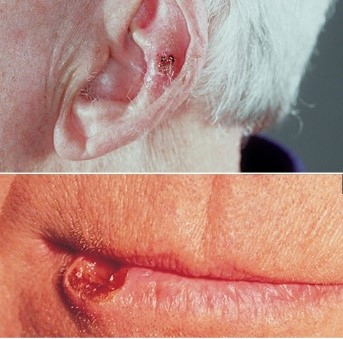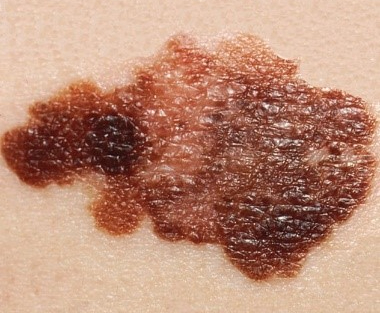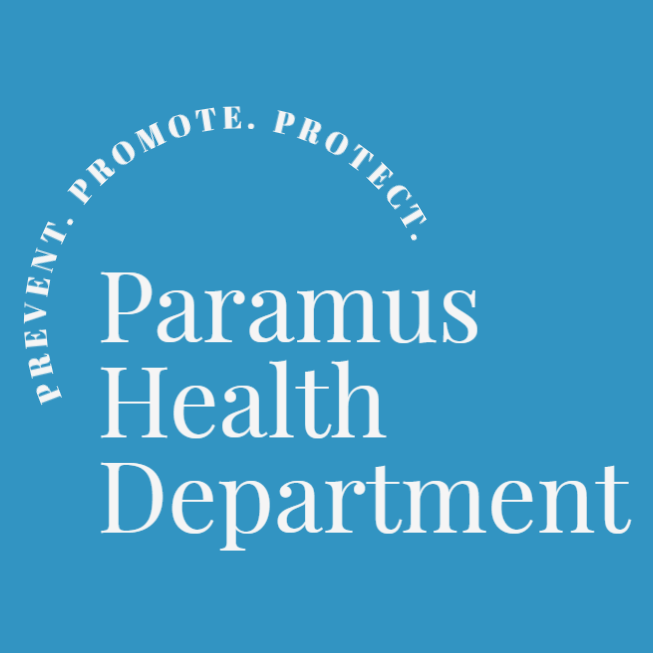Spending time outdoors has many health benefits, but it’s still important to stay safe from harmful UV rays, especially during the summer months!
Skin Care Myths and Facts
Myth #1: You won’t get a sunburn on a cloudy day
Fact: 80% of the sun’s ultraviolet rays can pass through clouds and fog. If you’re outside on a cloudy day, you should still use sunscreen
Myth #2: You can stay in the sun longer if you’re wearing a higher SPF sunscreen
Fact: Sunscreen should always be applied every two hours, after swimming, drying off with a towel, or sweating.
Myth #3: Skin cancer only affects those who spend excessive time outdoors
Fact: Sun exposure adds up over time, and we expose ourselves to dangerous ultraviolet radiation every time we garden, go for walks, or even drive in the car. Anybody can develop skin cancer.
Myth #4: If you tan and don’t usually get a sunburn, you don’t need to use sunscreen
Fact: When skin darkens after exposure to the sun, it means that the skin cells are in trauma and have been damaged by ultraviolet light. There is no way to get a safe tan.
Myth #5: People of color don’t have to wear sunscreen
Fact: Everybody, regardless of skin color, should wear sunscreen. People of color may be less likely to develop skin cancer than people with lighter skin, but they are at higher risk of dying from skin cancer.
What is Ultraviolet Radiation?
Ultraviolet radiation (abbreviated as UV radiation), is the energy sent from the sun that you cannot see or feel. There are three types of UV rays, with differing levels of impact on us.
Ultraviolet A (UVA)
Earth’s atmosphere does not protect us very well from these rays, and UVA rays cause:
- Skin aging
- Eye damage
- Skin cancer
- Reduced ability to fight off illness
Ultraviolet B (UVB)
Earth’s atmosphere protects us from most UVB rays, but factors including time of year and location will affect the amount of UVB rays reaching Earth. UVB rays cause:
- Sunburn
- Skin cancer
- Skin aging
- Snow blindness (temporary loss of vision due to sunburn to cornea)
- Reduced ability to fight off illness
Ultraviolet C (UVC)
UVC rays are limited in their effect on our health, as these rays do not reach Earth’s surface, and are absorbed by the atmosphere.
Staying Safe in the Sun
While ultraviolet radiation can have harmful effects on your health, there are many ways to reduce your risk of exposure, and still enjoy the outdoors!
Here are some tips to help you stay safe in the sun:
- Be sure to limit outdoor activity between 10am and 2pm, as UV rays are most intense during this time.
- Apply sunscreen at least 15 minutes before going outside, and reapply at least every two hours.
- Use sunscreen with a sun protection factor (SPF) of at least 30. The SPF measures how well sunscreen protects you from UVB rays, and SPF 30 blocks about 97% of UVB rays!
- Wear long-sleeve shirts, long pants, and a hat to cover your skin from the sun.
- Be sure to apply sunscreen to your ears, nose, neck, hands, and feet.
- Wear sunglasses that block UV rays. These sunglasses protect your eyelids, cornea, and retina.
- Stay in shaded areas when possible to further protect yourself from UV rays.
Did You Know: You can purchase sun-protective clothing, which provides levels of UV protection. Clothing with an Ultraviolet Protection Factor (UPF) rating of 30 allows just 3% of UV radiation to pass through!
Skin Cancer
Skin cancer is the most common type of cancer, and it is important to identify the different skin cancers as they each have distinct characteristics and range in severity.
These are the three major types of skin cancer:

Basal Cell Carcinoma
This type of skin cancer is commonly found in areas of the body that are exposed to the sun.

Squamous Cell Carcinoma
This type of skin cancer is commonly found in areas of the body that are exposed to the sun, and those with darker skin may develop this type of skin cancer in areas not often exposed to the sun.

Melanoma
Melanoma can be found anywhere on the body, and is considered the most serious type of skin cancer. Melanoma can develop from a mole, or emerge as a new spot on your body.
All images courtesy of Mayo Clinic
Checking Your Skin
Every year, the Paramus Health Department holds a Skin Cancer Screening event during the summer months. Examinations performed by medical professionals are the best way to check for skin cancer, but self-examinations can be an easy and practical way to check your skin regularly.
Be sure to check yourself for:
Growths
Growths that become larger in size, appear to shine, and may be transparent, brown, black, or multicolored
Moles
Moles and brown spots that become larger in size and thickness, or change in color or texture
Spots
Spots that scab or bleed, and continually itch or hurt
Open Sores
Sores that do not heal after three weeks
The Paramus Health Department can answer any questions you may have, and provide you with additional resources for skin care.

